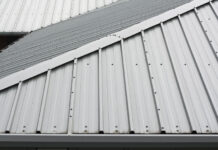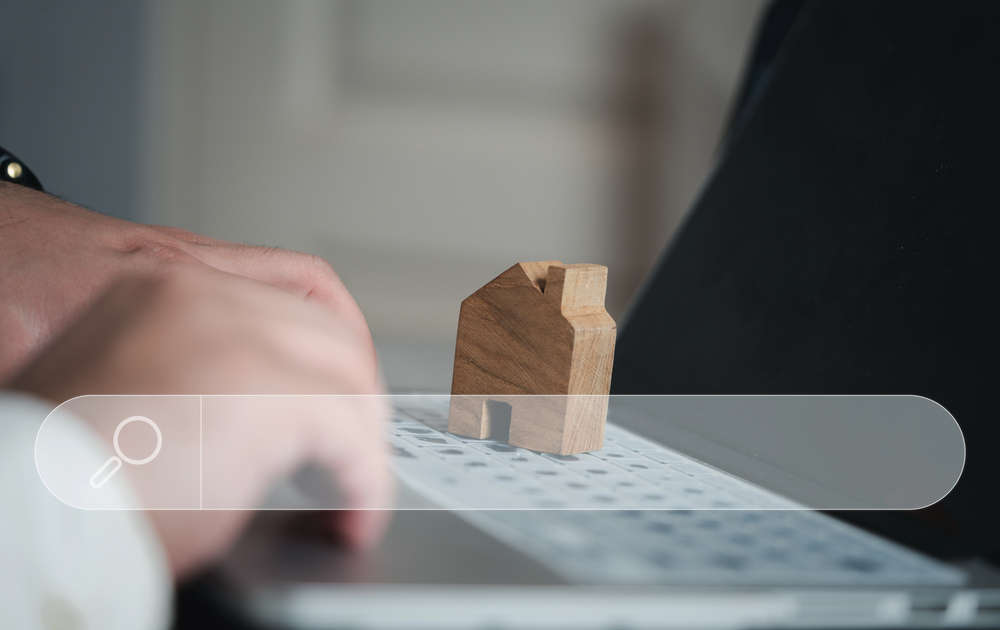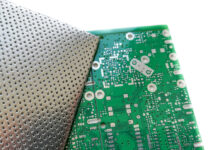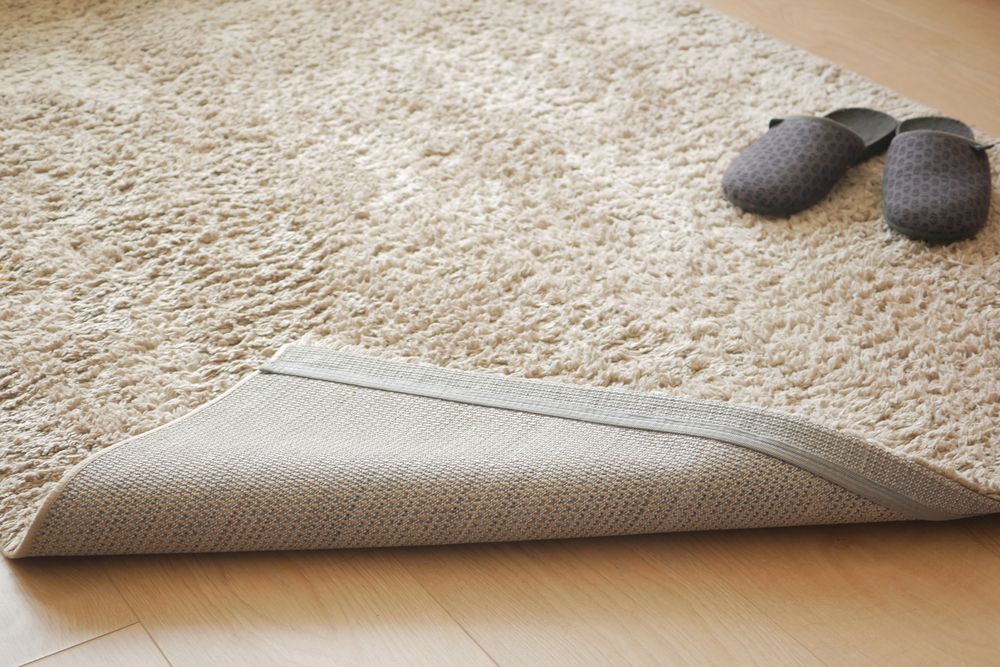For professionals and entrepreneurs working from home, creating an energy-efficient home office lowers their energy bills and decreases their carbon footprint. Whether you’re running a home-based business or working remotely, this article provides valuable pointers for making your home office more sustainable and environmentally friendly.
Evaluating Your Home’s Energy Consumption
Since your house doubles as your workplace, the first step to making your home office eco-friendly is performing a thorough and honest energy assessment of your home. Even if your house is newly constructed or renovated, never assume it’s not losing energy. Identify areas for improvement in energy usage. You can either conduct this independently or hire a certified energy assessor.
Additionally, inspect the exterior components of your house, such as your roof, as it significantly impacts your home’s energy efficiency. It not only protects your family from external threats but also manages heat gain, especially since it is the area of your home with the most sun exposure. Address any roof issues, and don’t hesitate to replace your roof if necessary.
Look for a trusted roofing company in your area. Working with a local provider is generally more advantageous than choosing one from out of state. For instance, working with Virginia roofing companies can save you money, time, and effort if you live in Virginia. They are readily accessible and more familiar with the local weather and regulations than non-local ones.
Knowing how much energy your home consumes and which areas use the most energy can help you make the necessary adjustments for your office, especially if you plan to optimize it further in the future.
Energy-Efficient Home Office Equipment
While energy-efficient products are expensive, investing in these items will reap more benefits in the long run. Select energy-efficient computers, printers, and other office equipment. If your household budget allows, consider installing solar panels to generate your own energy. Make sure to switch to an efficient lighting system. Replace all your light fixtures with light-emitting diode (LED) bulbs, as residential LEDs last longer and utilize at least 75% less energy.
Heating and Cooling Strategies
Insulating your home office is another effective way to increase its energy efficiency. A well-insulated work area has better temperature control, significantly reducing energy consumption. Invest in insulation for your walls, floors, and ceiling. Optimizing your home office’s insulation makes you less dependent on your heating and air conditioning system.
Fans are great alternatives to keeping your home office cool and comfortable with less energy. Strategically place your fans in areas where you usually spend your time. Ensure the fan’s size is appropriate, as using a small for a large square footage office is counterproductive and inefficient. Remember to check if your preferred fans have the Energy Star label before buying, and make it a point to clean them regularly.
Optimizing Your Windows
Since your windows act as protective barriers to the outdoor’s changing weather, climate, and other harsh elements, you must ensure they provide optimal performance. Inspect the condition of your windows and replace them if necessary. Select energy-efficient windows to help boost your home office’s comfort and protect it from the hazards of ultraviolet rays. It can also increase your property’s resale value.
If you’re renovating your entire home, consider adding more windows to your office. This can help increase natural light and reduce your use of artificial lighting. If a complete overhaul is not possible, consider window treatments that can efficiently retain heat during the winter and block excessive heat in the summer. Some options include blackout curtains, Roman shades with insulating layers, cellular shades, roller shades with thermal lining, and awnings.
Clean your home office windows regularly and open them during the day to maximize natural lighting. Strategically arrange your office furniture, particularly your desk, where it can receive the most light. This not only reduces your light usage but also boosts your work productivity.
Implementing Sustainable Practices
Moreover, your daily habits are essential to keeping your home office environment friendly. Be mindful of how you use your work equipment and appliances, and start the habit of turning them off when not in use. Turn down the thermostat to a comfortable yet efficient temperature, draw your window blinds during the day, and unplug your devices once you’re done using them.
Endnote
In today’s highly environmentally conscious world, many people have recognized the significance of responsible energy consumption. Transforming your home office into an energy-efficient refuge doesn’t have to be complicated. Keep these essential tips in mind, cultivate sustainable habits, and don’t hesitate to seek professional guidance.
Find a Home-Based Business to Start-Up >>> Hundreds of Business Listings.















































